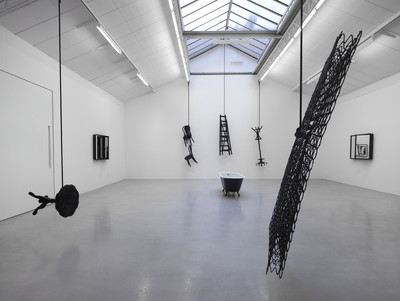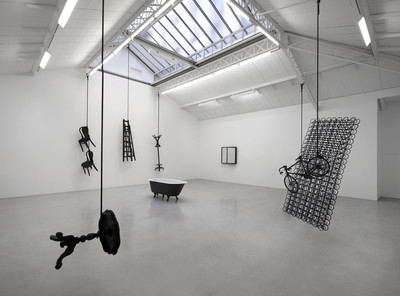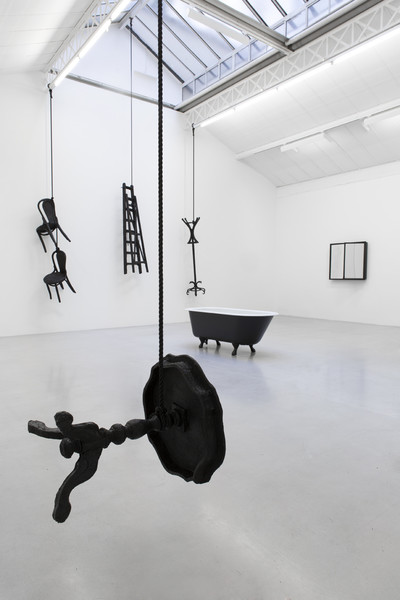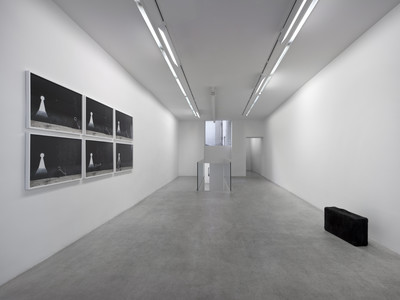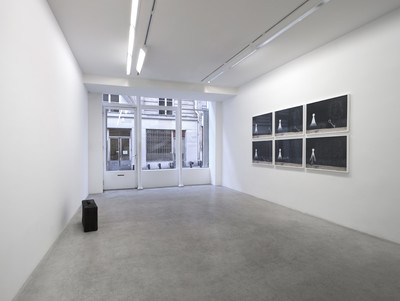A very particular kind of poetry emanates from the work of South-African artist
Robin Rhode. Rhode speaks in connection with his works about ‘a form of theatre’ and even more so of ‘a kind of live cinema’. Standing before a succession of photographs decomposing an action (that of a body together with drawings that gradually materialize and dematerialize on the wall), one does indeed think of cinema’s primitive origins, of Étienne-Jules Marey or Eadweard Muybridge. But even more so, the fragmented narration, the bodies in profile, the relationship between these...
Read more